During my last trip to Avignon, I wanted so badly to visit the town of Nîmes to see the Roman ruins that attract many visitors each year. I ended up spending the entire day in Arles that year, but this time around I wanted to make sure I included it on my south of France trip!
Nîmes is known as the “most Roman” city outside of Italy and was an important regional capital during the ancient times of the Roman Empire. Two gates from the Roman period remain today: the Porte d’Auguste and the Porte de France.
Nîmes was a well-designed city when it was part of the Roman Empire. To bring water to the city and its people, an aqueduct was built from the surrounding lands. To make sure the water could cross the River Gard, the famous Pont du Gard was built. (This is a fabulous day trip from Nîmes, by the way!)
A few ruins still remain from the height of Roman civilization in France, and you can check them out here:
Amphitheatre
The Nîmes Amphithéâtre, or Arènes de Nîmes, dates to the 2nd century AD and was one of the largest of its time! It has a capacity of 24,000 seats, which are separated into 34 vaulted rows. Today the arena is used for two annual bullfights during the Feria de Nîmes.
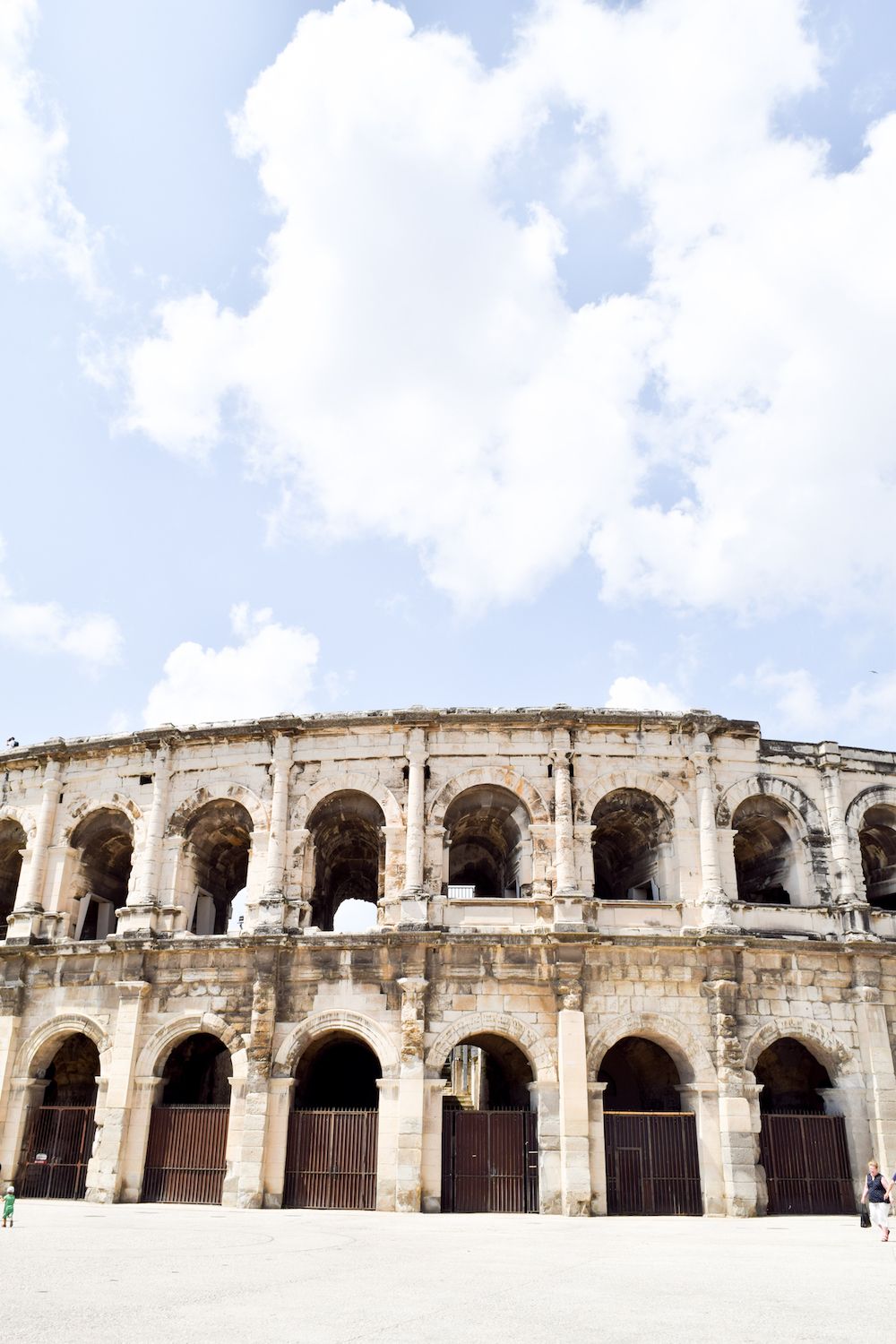
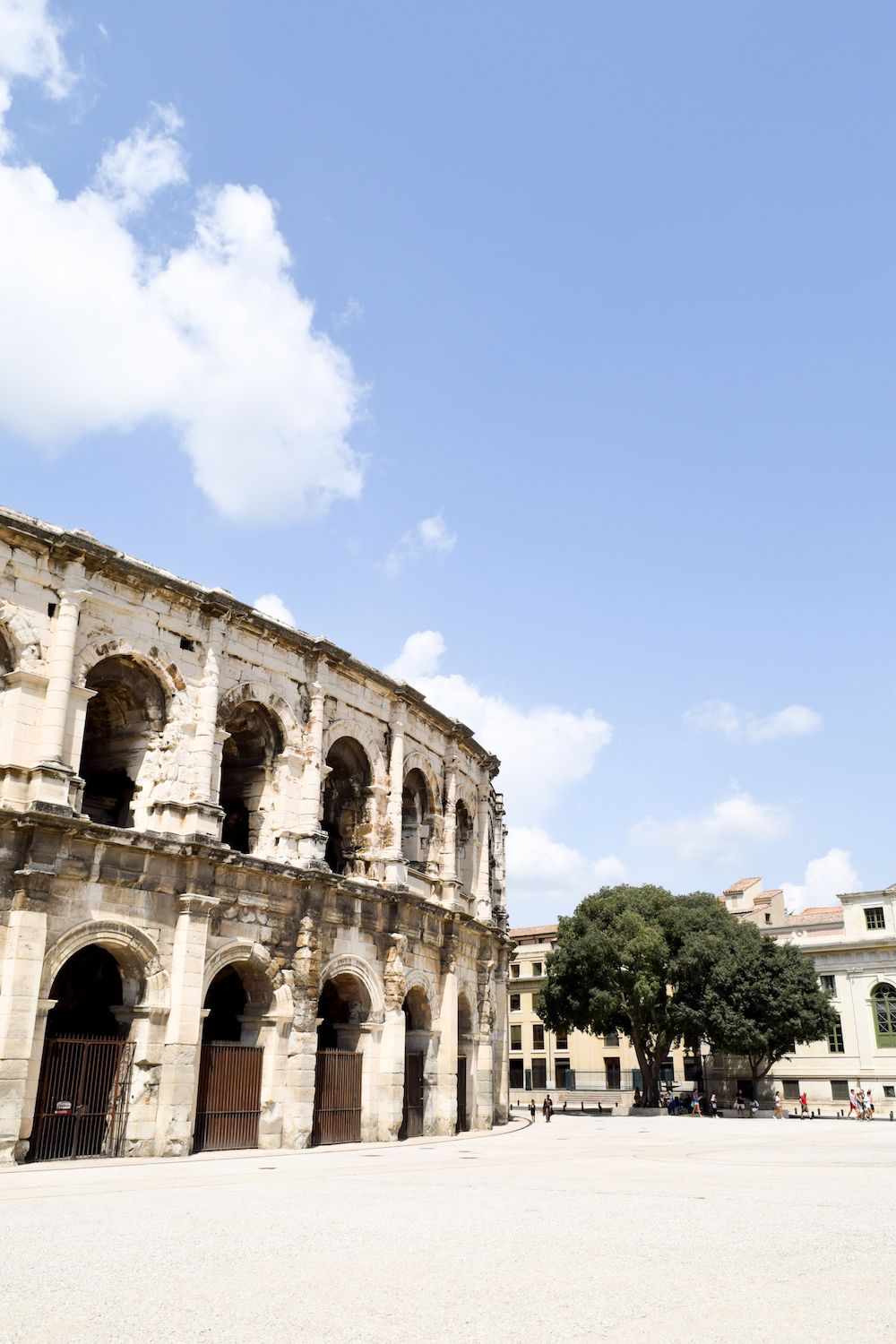

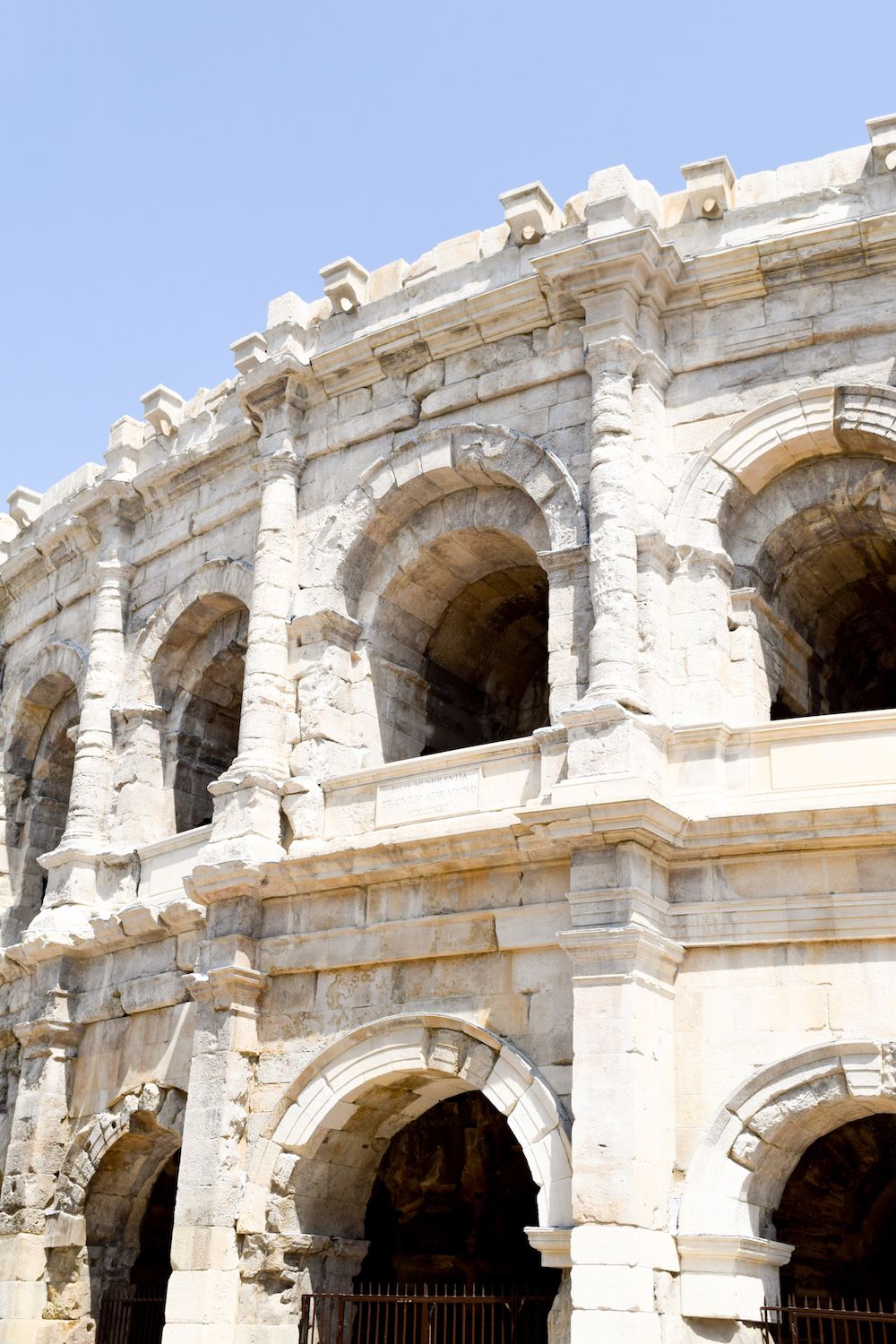
Maison Carrée
The Maison Carrée is one of the best preserved Roman temple façades to be found in the territory of the former Roman Empire. It’s a great example of Vitruvian architecture, the famous Roman architect who crafted buildings based on strength, utility, and beauty.
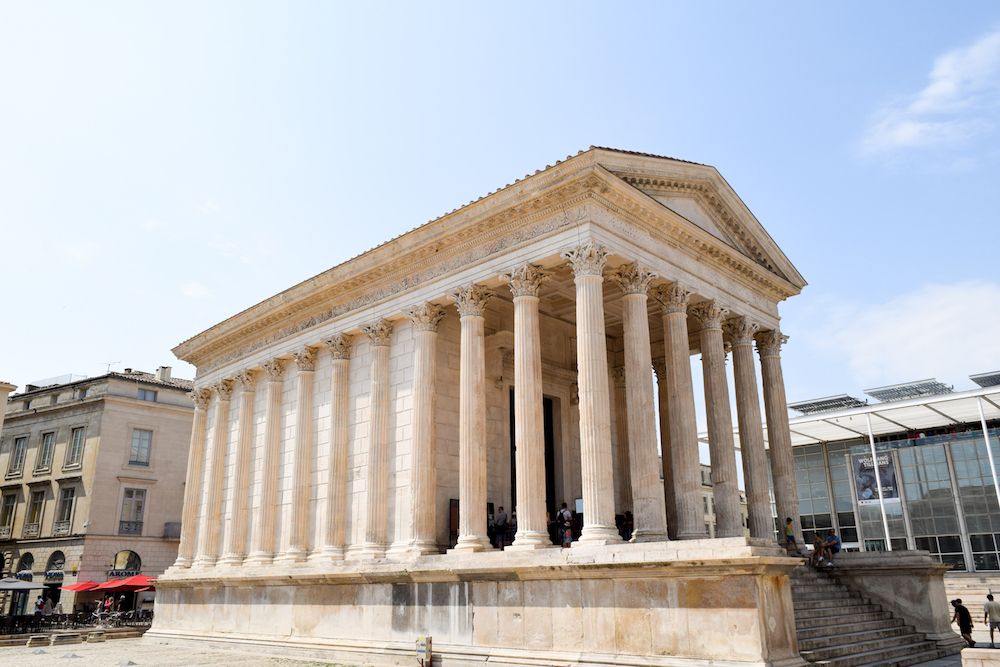
In 4-7 AD, the Maison Carrée was dedicated to Gaius Caesar and Lucius Caesar, the two grandsons of Augustus who died very young. Augustus was the first Emperor of the Roman Empire, and was a great-nephew of Julius Caesar. The inscription noting this was removed during medieval times, but scholar Jean-François Séguier reconstructed it in 1758, recovering a piece of the temple’s past.
The Maison Carrée has undergone extensive renovations over the past few centuries. Sir Norman Foster built a modern art gallery and library, called the Carré d’Art, just opposite the Maison Carrée. The Carré d’Art offers fabulous views of the Maison Carrée, if you find yourself with some free time in Nîmes. The two structures offer a remarkable contrast between ancient architecture and ultra-modern architecture, yet many similarities can be drawn such as the portico and columns.
What’s so impressive is that the Maison Carrée inspired numerous structures around the world including the Église de la Madeleine in Paris and the Virginia State Capitol in the United States. The latter was designed by Thomas Jefferson who had a small model of the Maison Carrée created while he was minister to France in 1785!

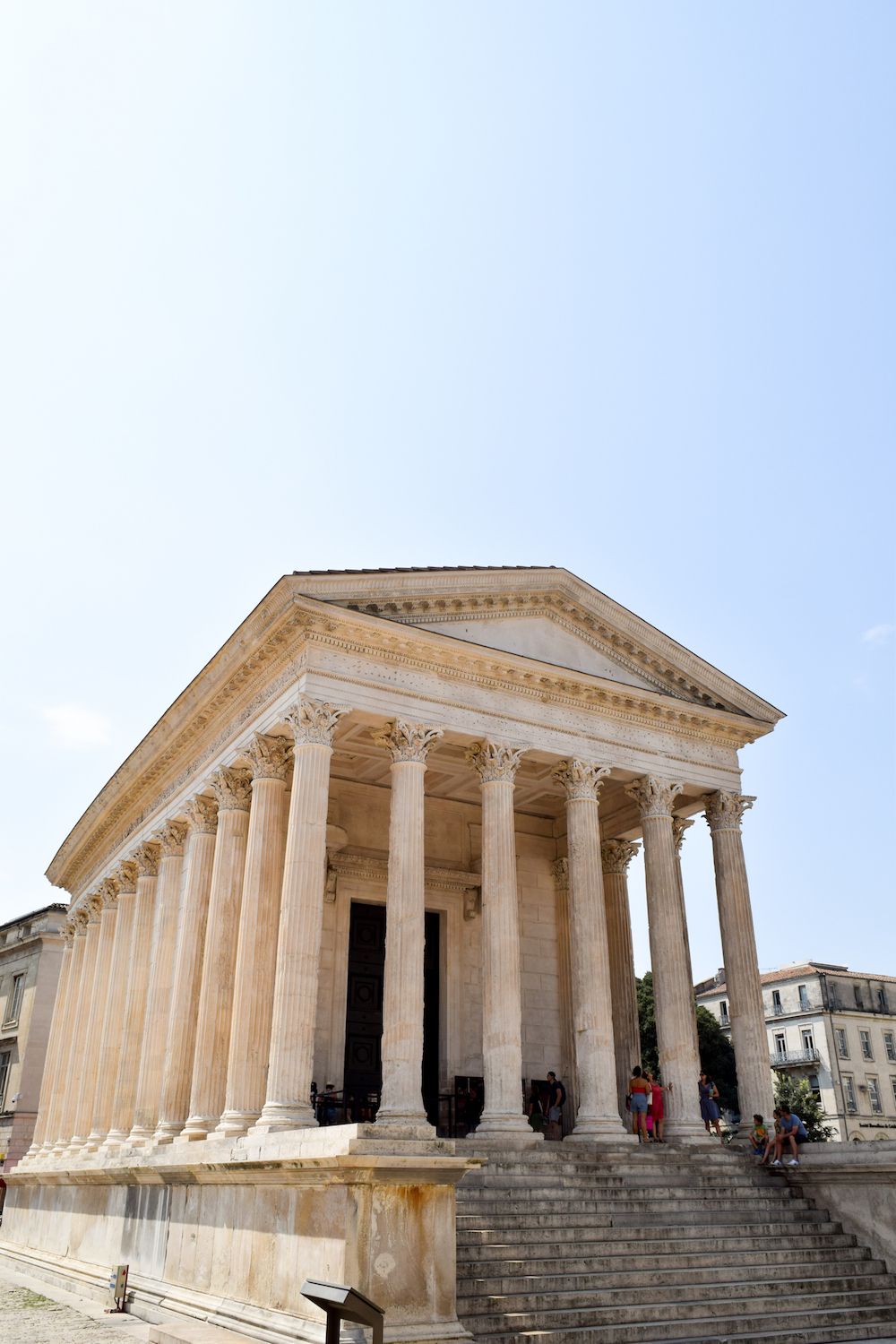
Jardin de la Fontaine
While the gardens themselves are not Roman, they were built around the Roman thermae, which were essentially Roman baths! In addition, you can find two important Roman monuments within this expansive garden: The Temple of Diana and the Magne Tower.
The Jardin de la Fontaine was certainly a highlight of my visit to Nîmes. The gardens are so beautiful and the many 18th century sculptures inside them are very classic of France!
I recommend visiting in the morning so you can explore the gardens before the tourist crowds arrive.
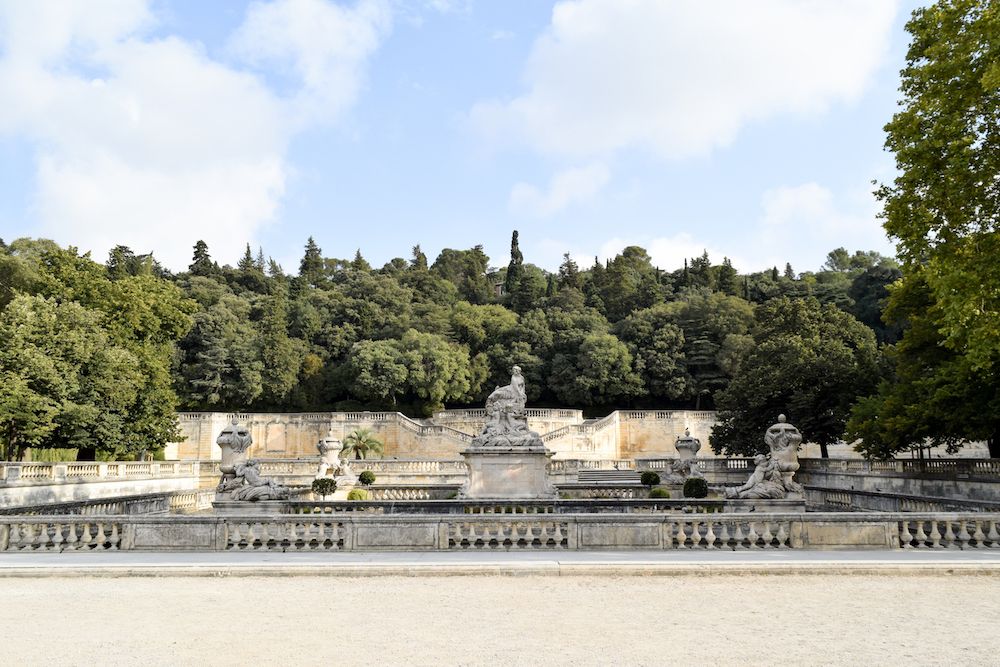
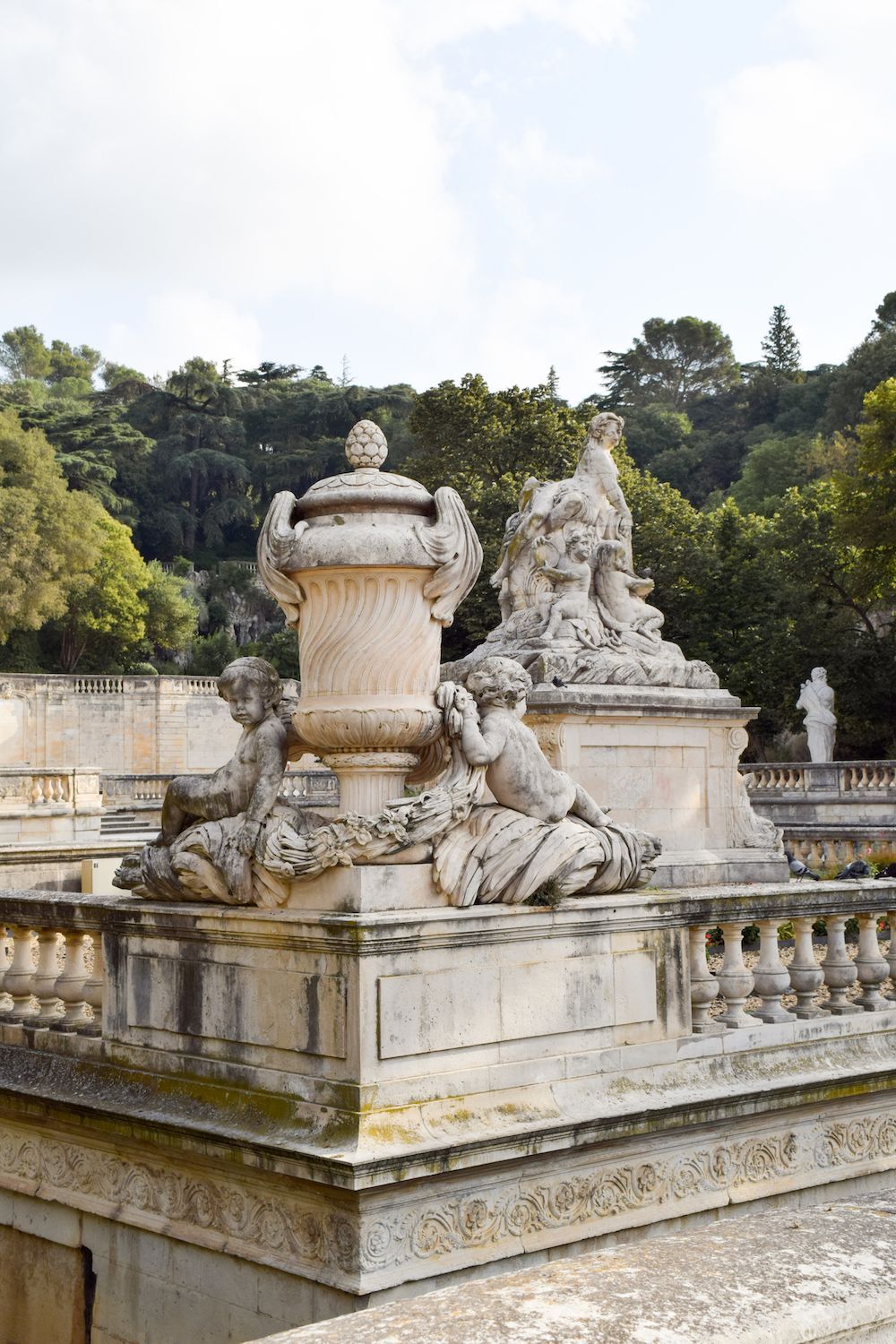

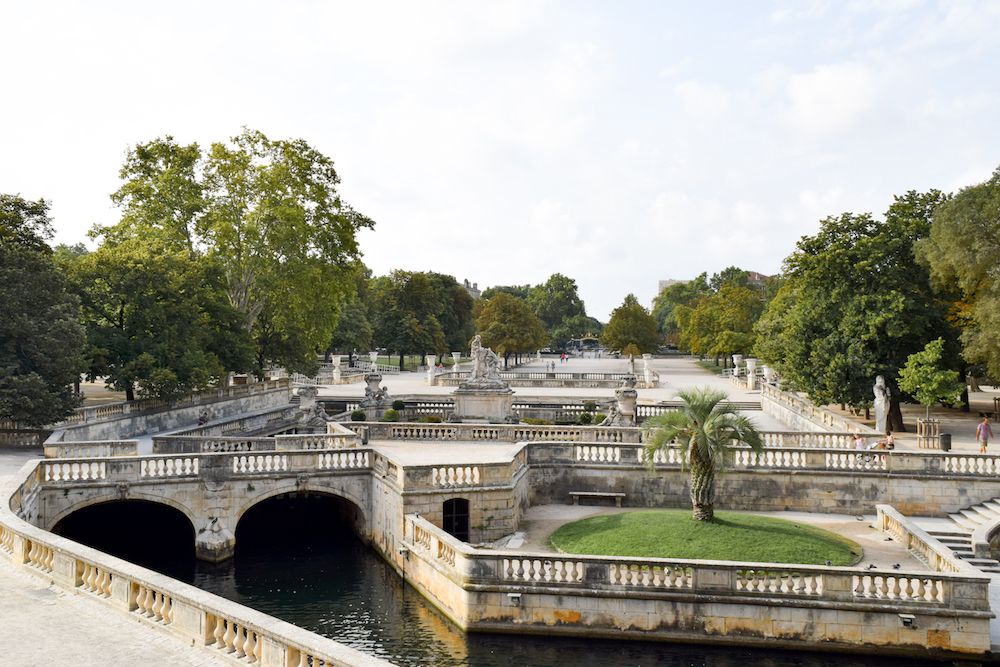
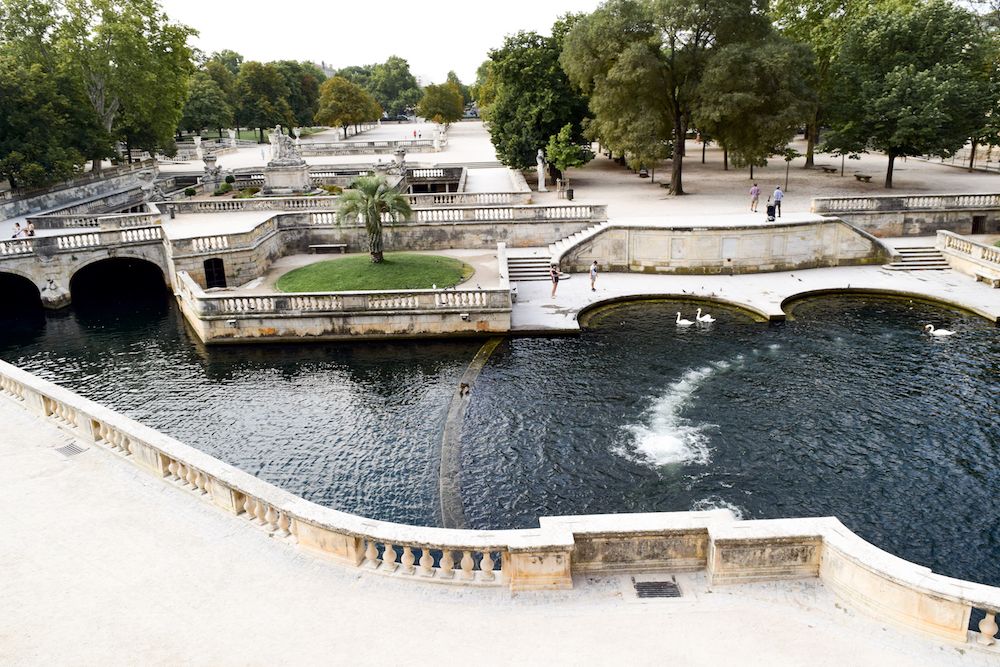
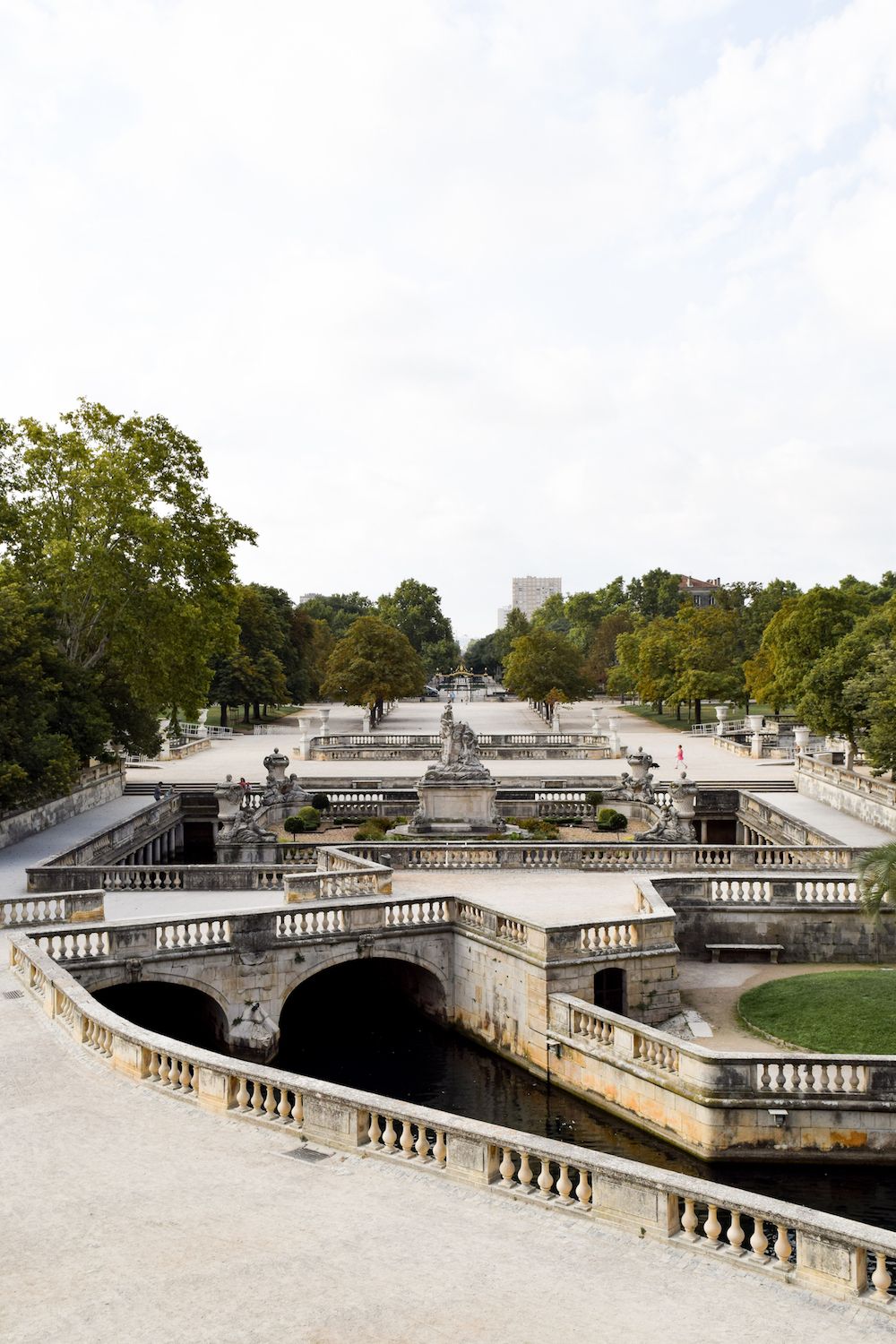

Temple of Diana
The Temple of Diana was actually a library when it was first built by the Romans in either the 1st or 2nd Century AD. It was then used as a church during the Middle Ages and up until the 16th Century when it suffered damage during the French Wars of Religion.
I loved walking inside this Roman temple and seeing all the etchings on the walls!

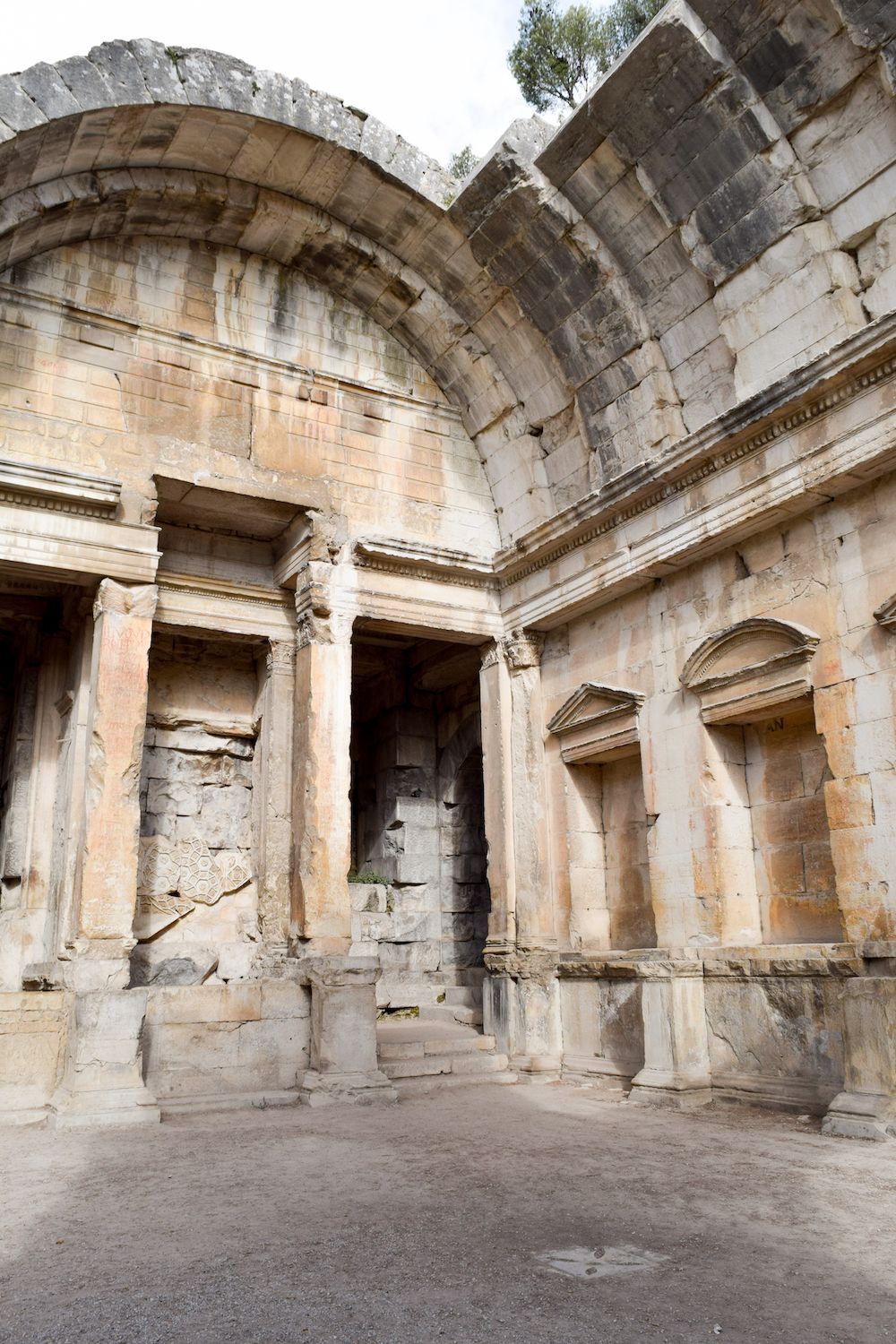


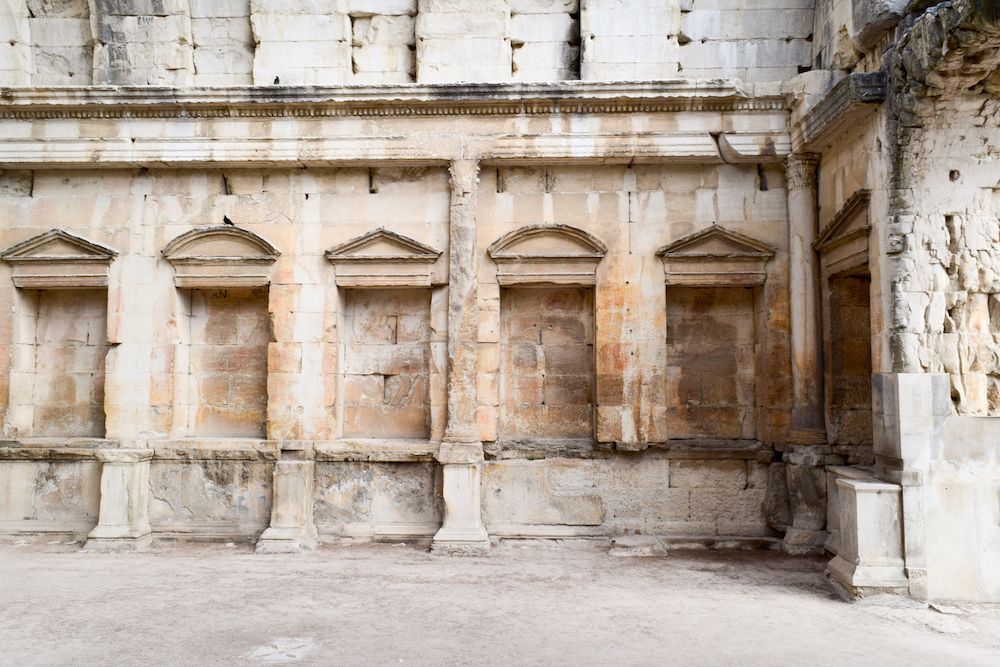
Porte d’Auguste
One of the principal entrances to Nîmes during Roman times, the Porte d’Auguste is a Roman ruin that is found in the north east corner of the Nîmes old town. It is believed to have been built during the 1st century! The door features four separate passageways: two for larger vehicles, and two for pedestrians.
It was interesting to see how many people just walk by this door so casually. It’s on a busy street in Nîmes and there’s even a bus stop out front. They are probably so jaded to be living among ancient Roman ruins!

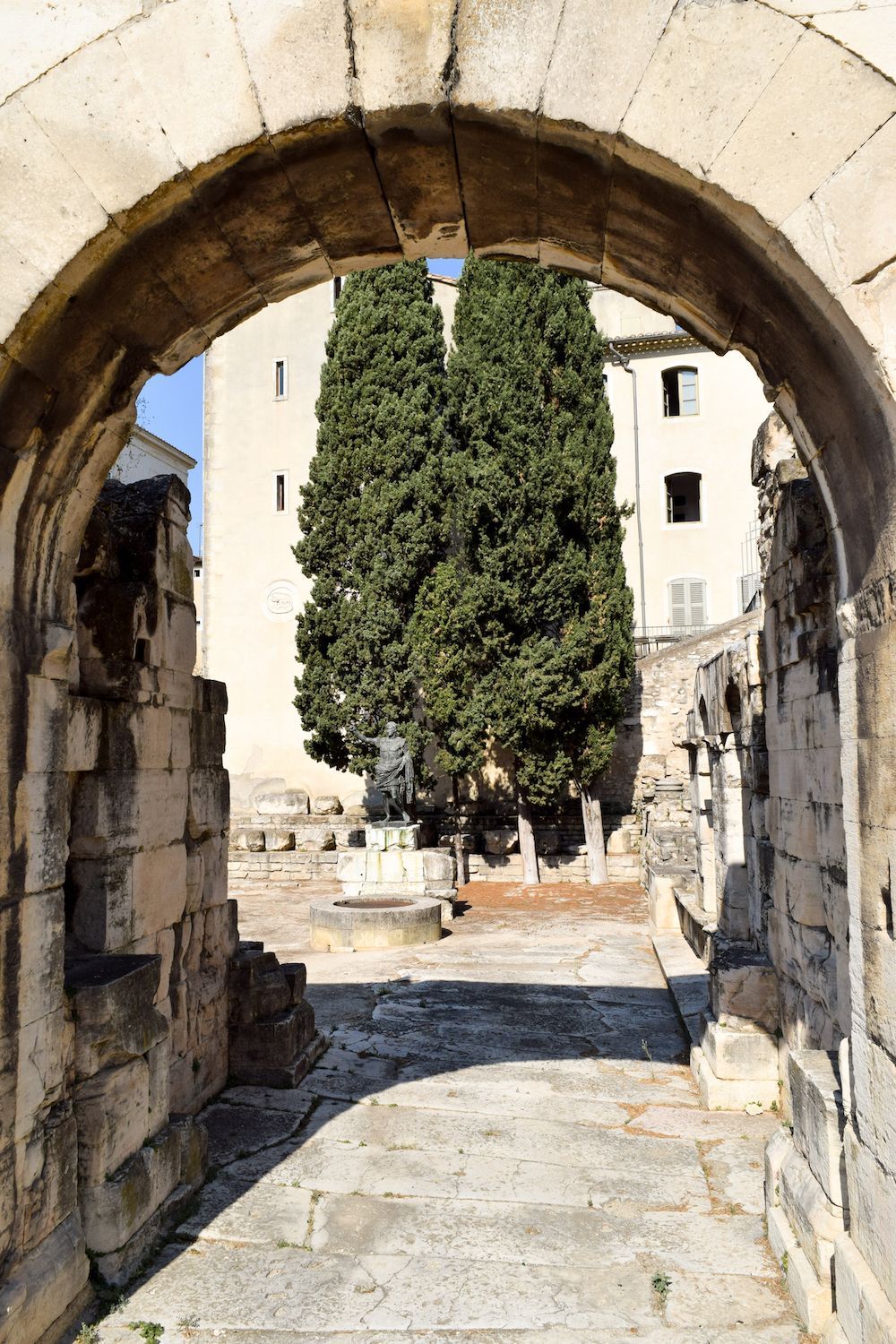
I hope this little guide to Nîmes was helpful for your trip! Be sure to let me know in the comments what your favorite part of visiting Nîmes was!
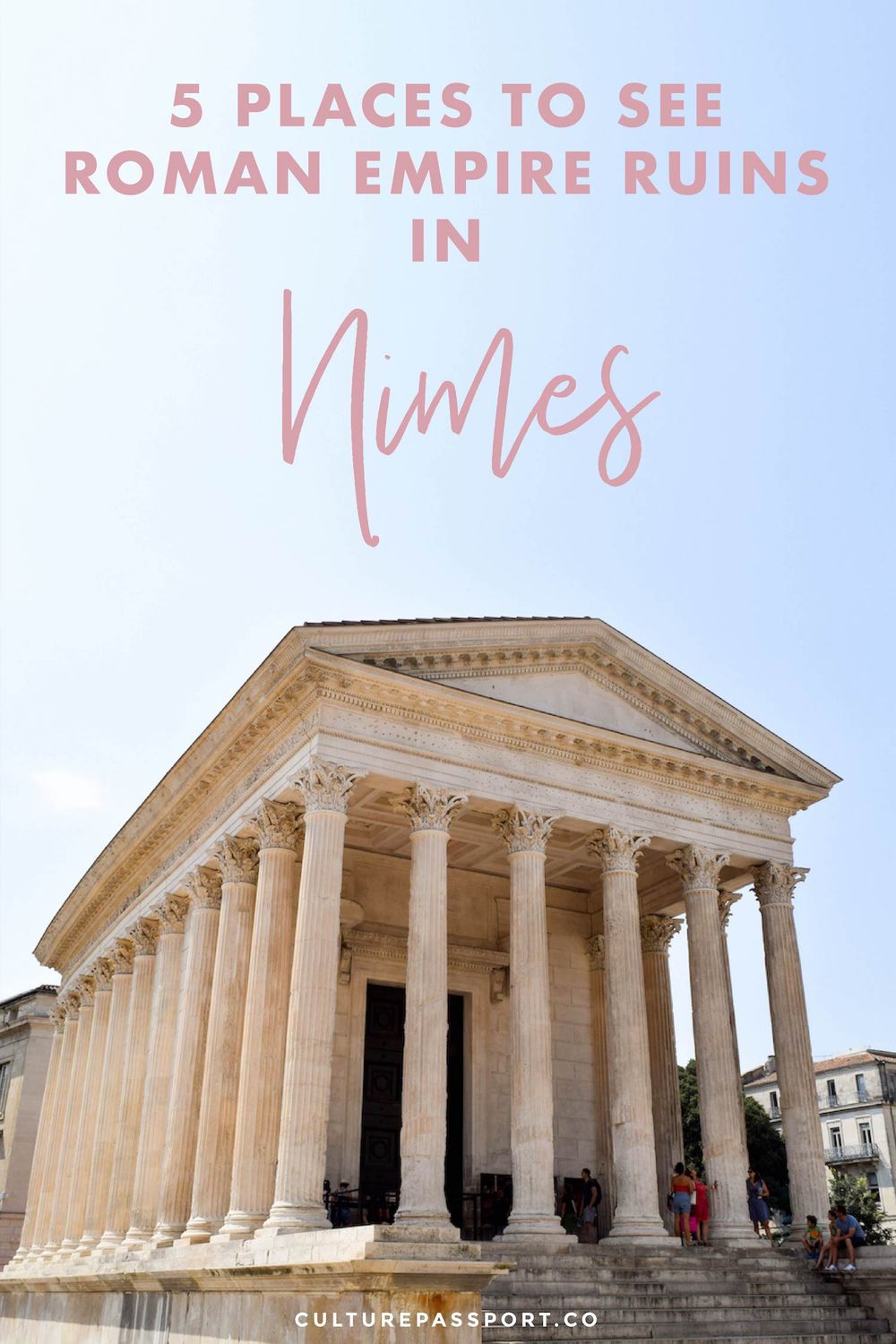
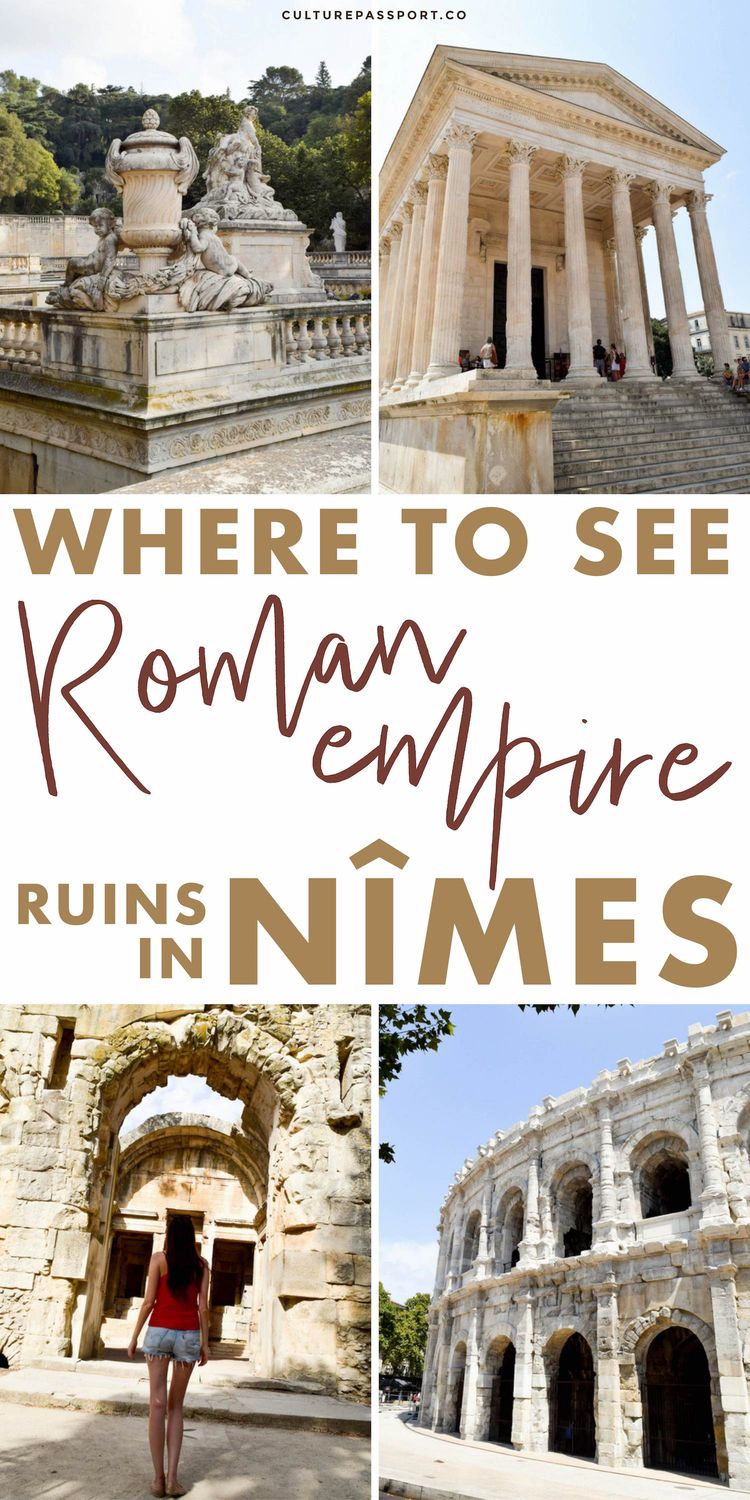

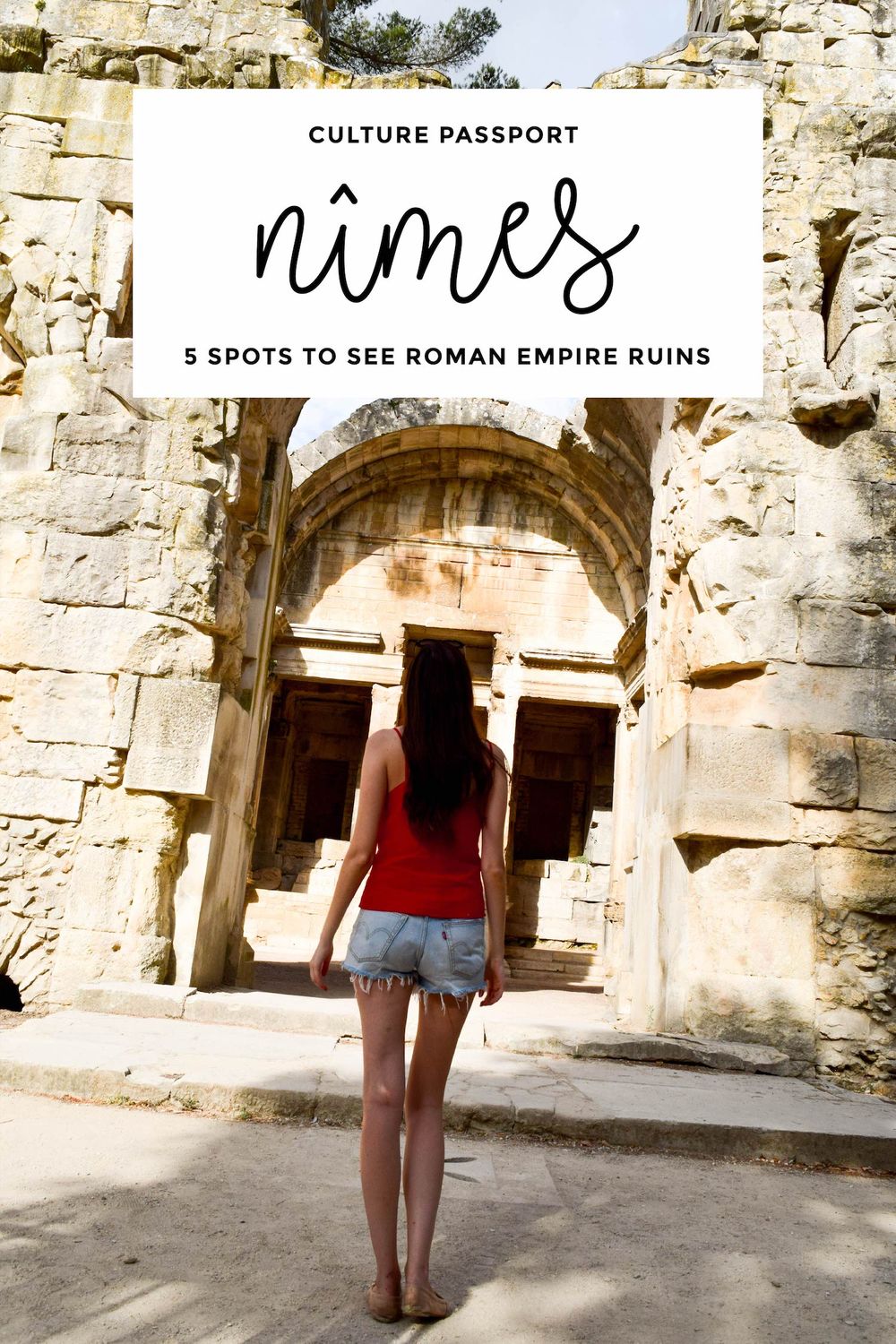

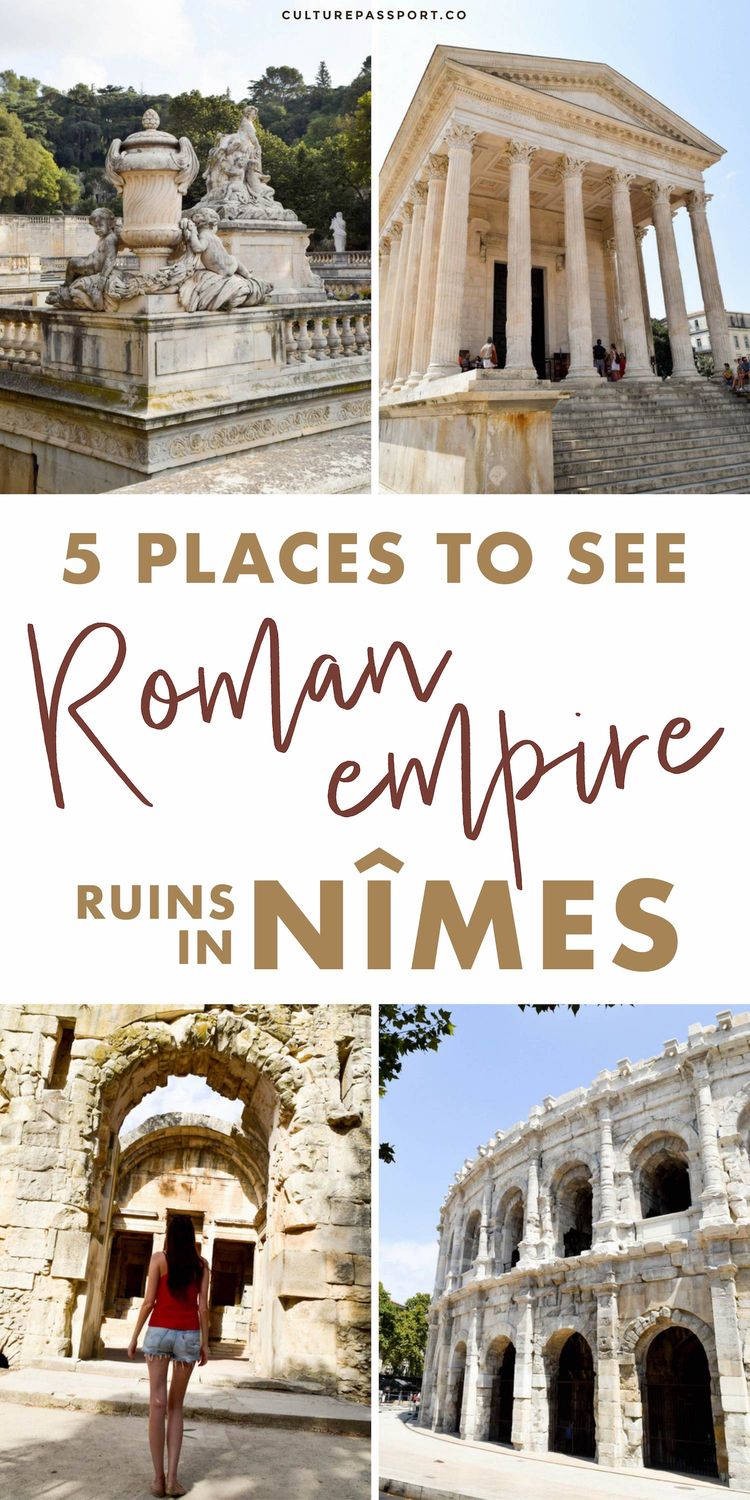

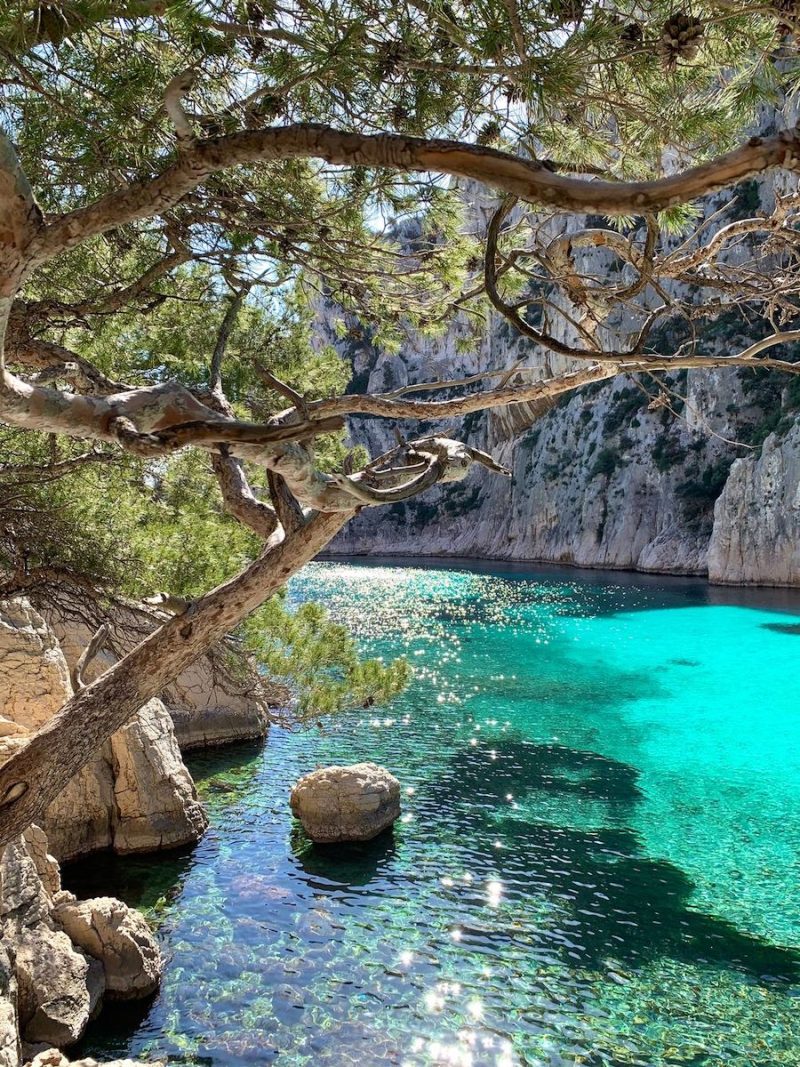
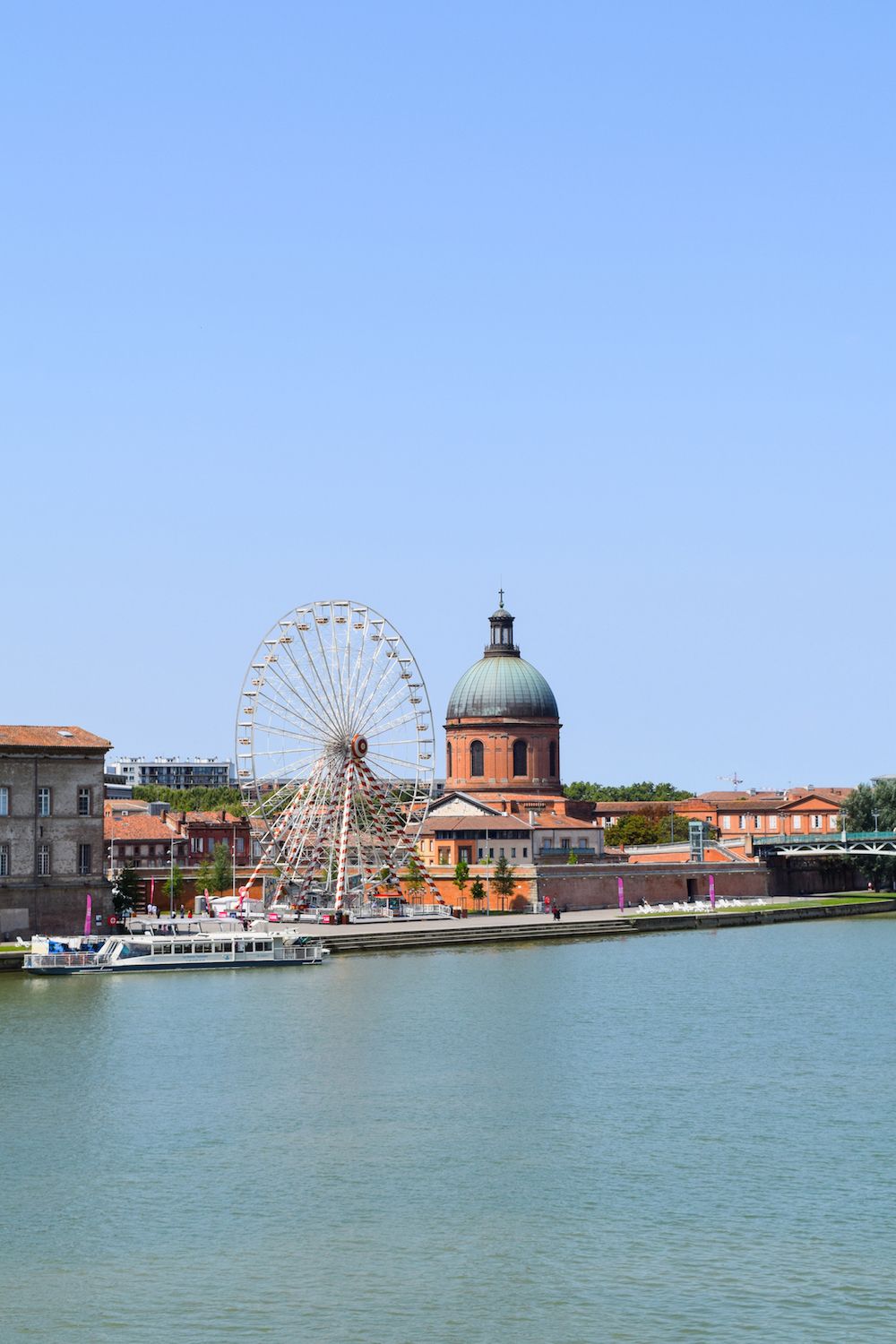

No one should die without having visited Nimes and the Pont du Gard. I lived for nearly half a year in the Rue Porte de France, a short walk from the Arènes, and loved every minute.
Nîmes is lovely and the Pont de Gard is just spectacular–the size, the setting, the impossibility of constructing such a behemoth without modern tools.